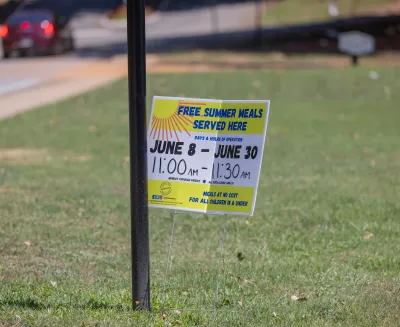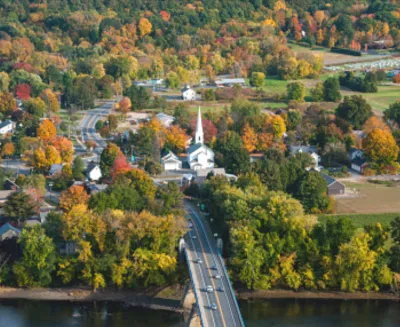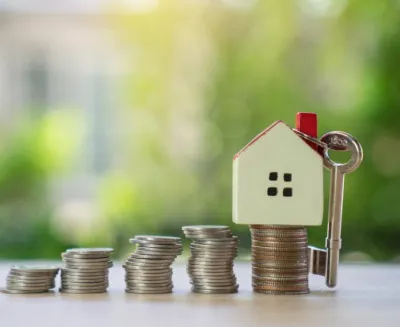In many urban neighborhoods, especially downtown, it’s common to find street-level shops, restaurants and service firms sharing buildings with residential apartments on the floors above. With the different challenges that come with commercial and residential properties, real estate investors may find the idea of managing a mixed-use property daunting; but it doesn’t have to be.
With careful planning, mixed-use properties can yield excellent returns. By finding the right blend of amenities and tenants, you can maximize the profitability of your property. We asked seven Forbes Real Estate Councilmembers for their best strategies for managing mixed-use properties. Here's what they had to say.
1. Choose Commercial Tenants From Complementary Industries
Even though the property is mixed-use, ensure that you are renting to tenants who can have a symbiotic relationship. For example, a real estate agent, mortgage broker and insurance agent all in the same building will add value for all three tenants from the referrals they will be passing between each other. - Ali Jamal, Stablegold Hospitality LLC
2. Establish A Residential Identity To Entice Commercial Tenants
If you are going to have mixed-use properties you need to mind the mix. You will have a residential component, so you should start with the price points of that. Then determine what that price point tenant can reasonably sustain. That’s your hook for your ground-floor tenants, who will ask, “Who will our customers be?” You can give them a representative sample and expand that sample radius as needed. - Michael J. Polk, Polk Properties / Matrix Properties
3. Make Life More Convenient For Your Residential Tenants
Depending on the neighborhood demographics and property size, you should have co-working spaces, playgrounds and outdoor space for the community, as well as retail options, including a good grocery store, dry cleaner and coffee place. You can also have a health club, a clubhouse for tenants to host parties and maybe even a small number of “hotel rooms” for visitors. - Holly Williams, MQ Ventures, LLC
4. Create A Co-Working Space To Build Relationships And Profits
Create your own co-working space. A simple space with big tables and open floor plans with free-flowing coffee is an affordable, simple and friendly way to create a community within your community, and for a monthly fee, you can create some extra profit for your building. - Blake Janover, Janover Ventures
5. Curate Commercial Tenants To Foster A Lifestyle
A community wants amenities that appeal to their lifestyle, and finding the right mix can make mixed-use properties more desirable, and therefore, more profitable. By adding commercial tenants that fill needs for residential tenants, you are making the location attractive for both parties. Think restaurants, coffee shops and gyms, all locations that bring people together. - Joshua Lybolt, Lifstyl Real Estate
6. Incorporate Outdoor Spaces For Gathering
Residential and retail tenants are both looking to build a sense of community with residents and patrons. Developers looking to attract retail tenants to their mixed-use developments are making good use of outdoor spaces. These areas, even small ones, can be used to create dining areas, amphitheaters for outdoor music and gathering spaces that create a destination for residents and customers. - Bethany Babcock, Foresite Commercial Real Estate
7. Encourage Special Events To Create A Community
Build in more community. This will create more loyalty, long-term tenants and positivity in how people feel about the property. This can be done through regular community events. Think movie nights, fundraisers, art events and small business events, as well as getting residents actively engaged in problem solving and idea creation. - Kent Clothier, Real Estate Worldwide













